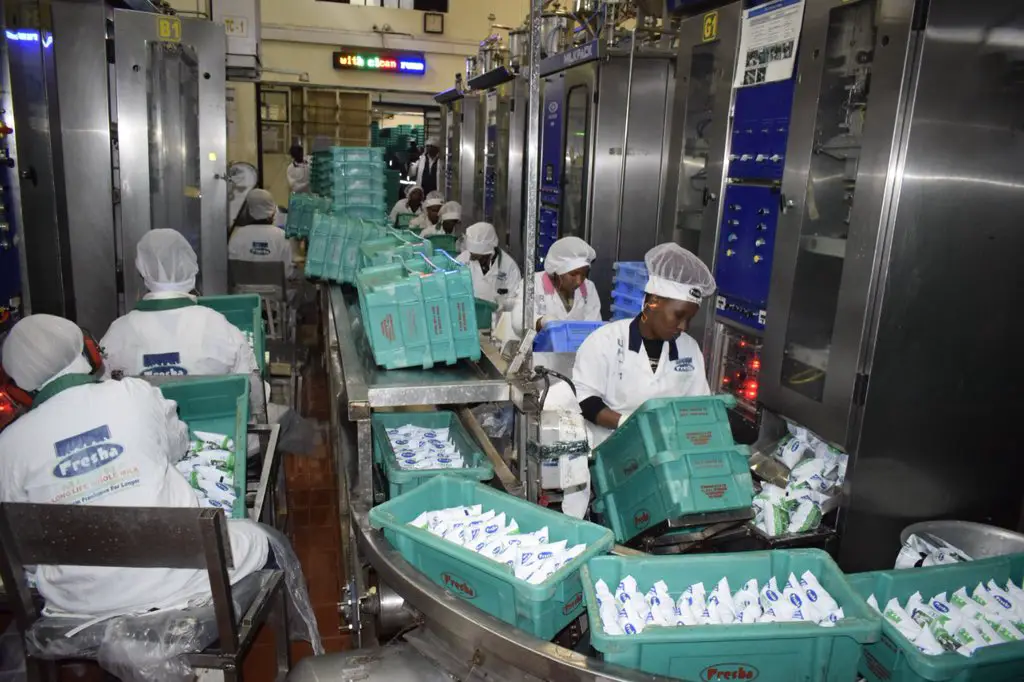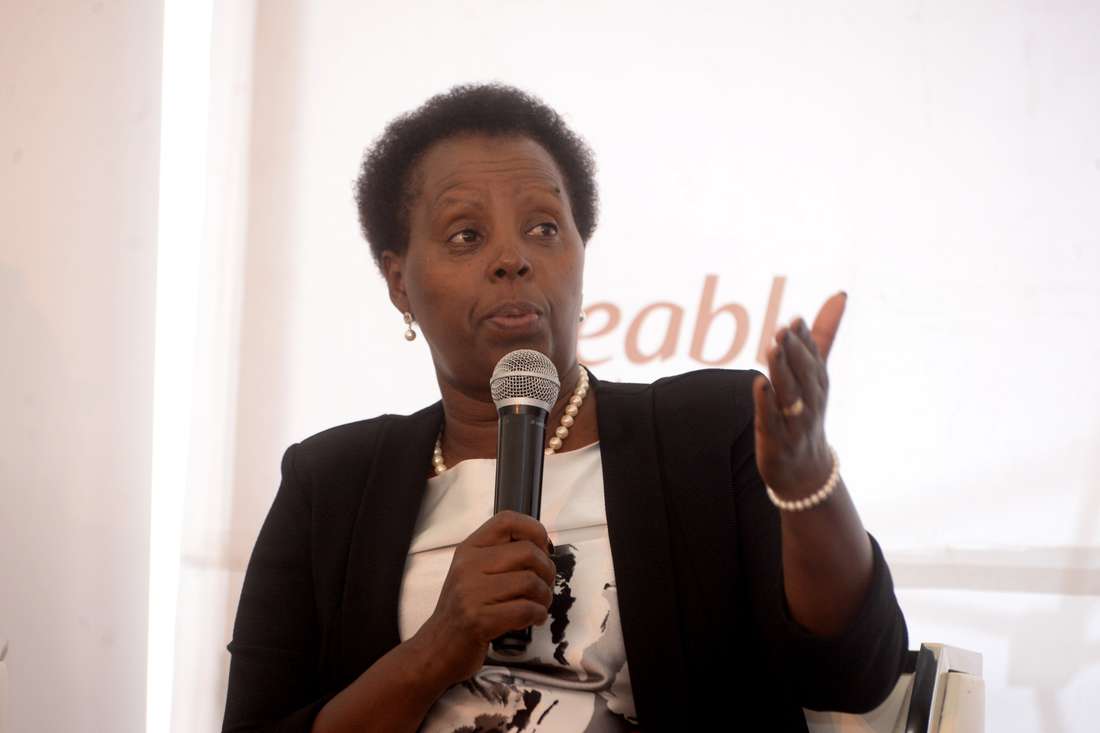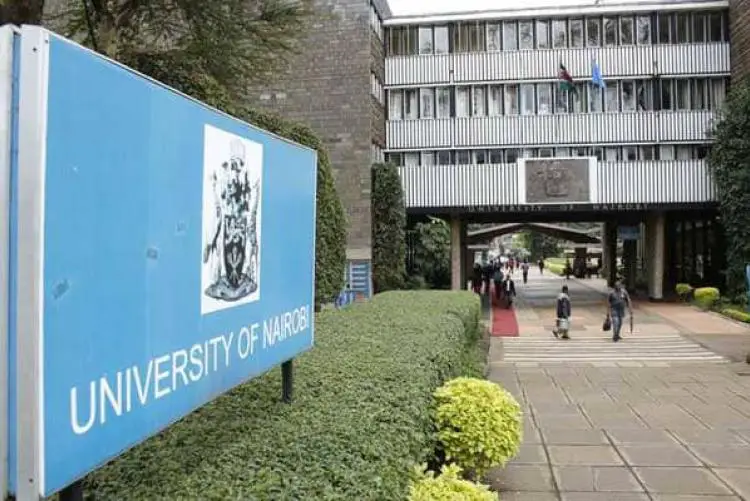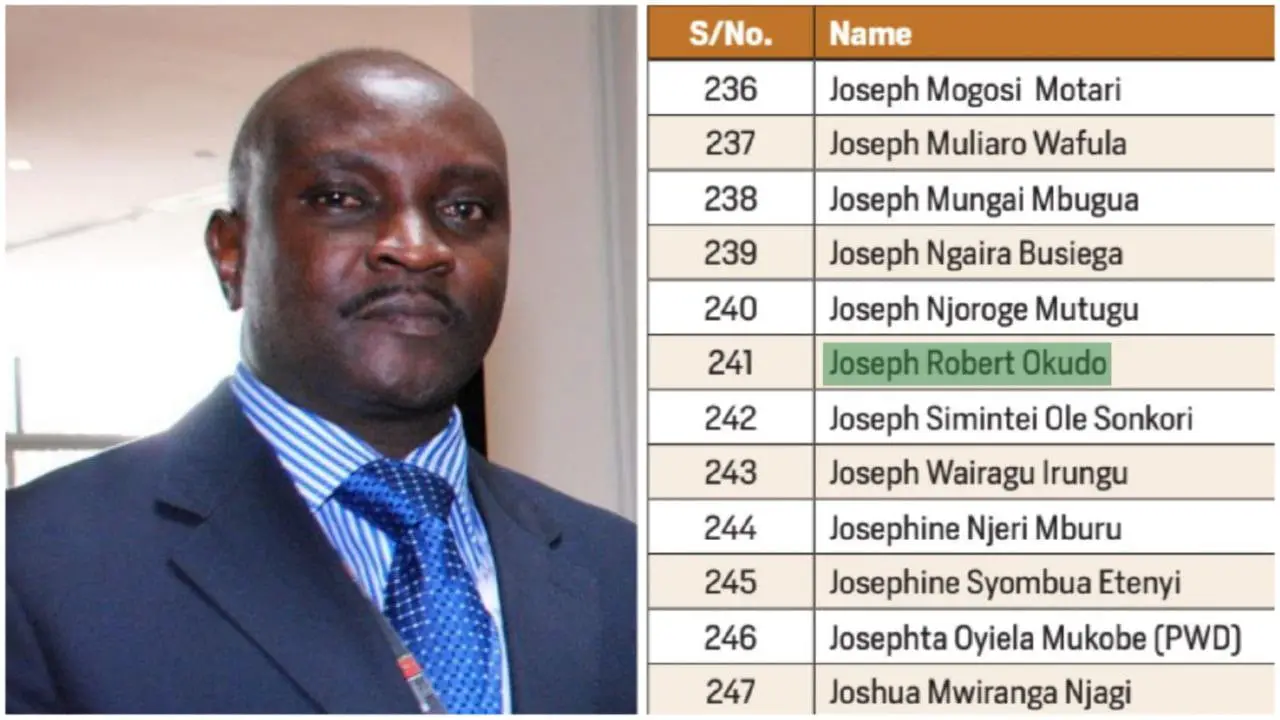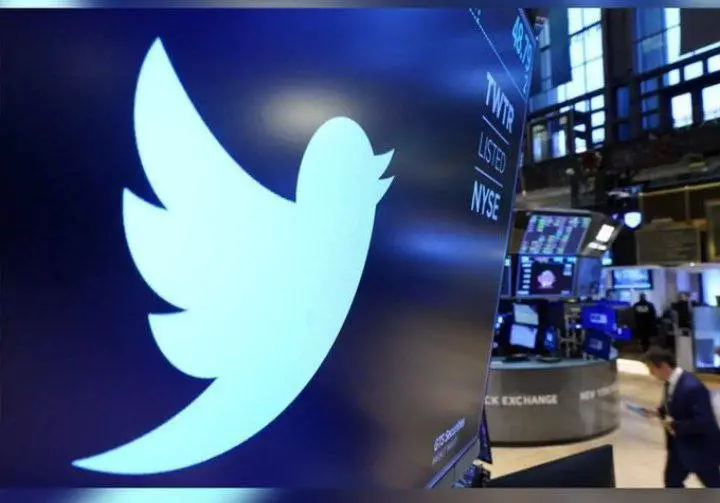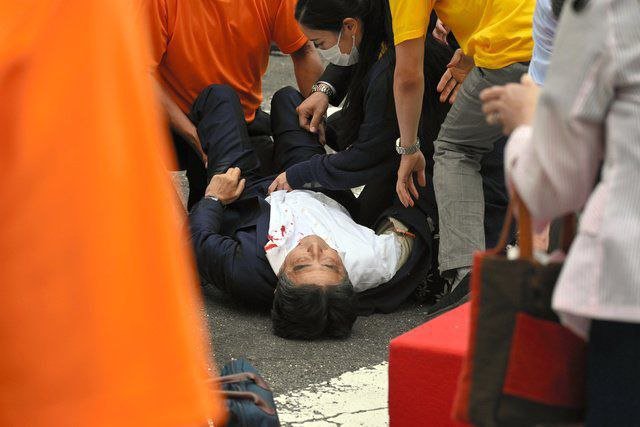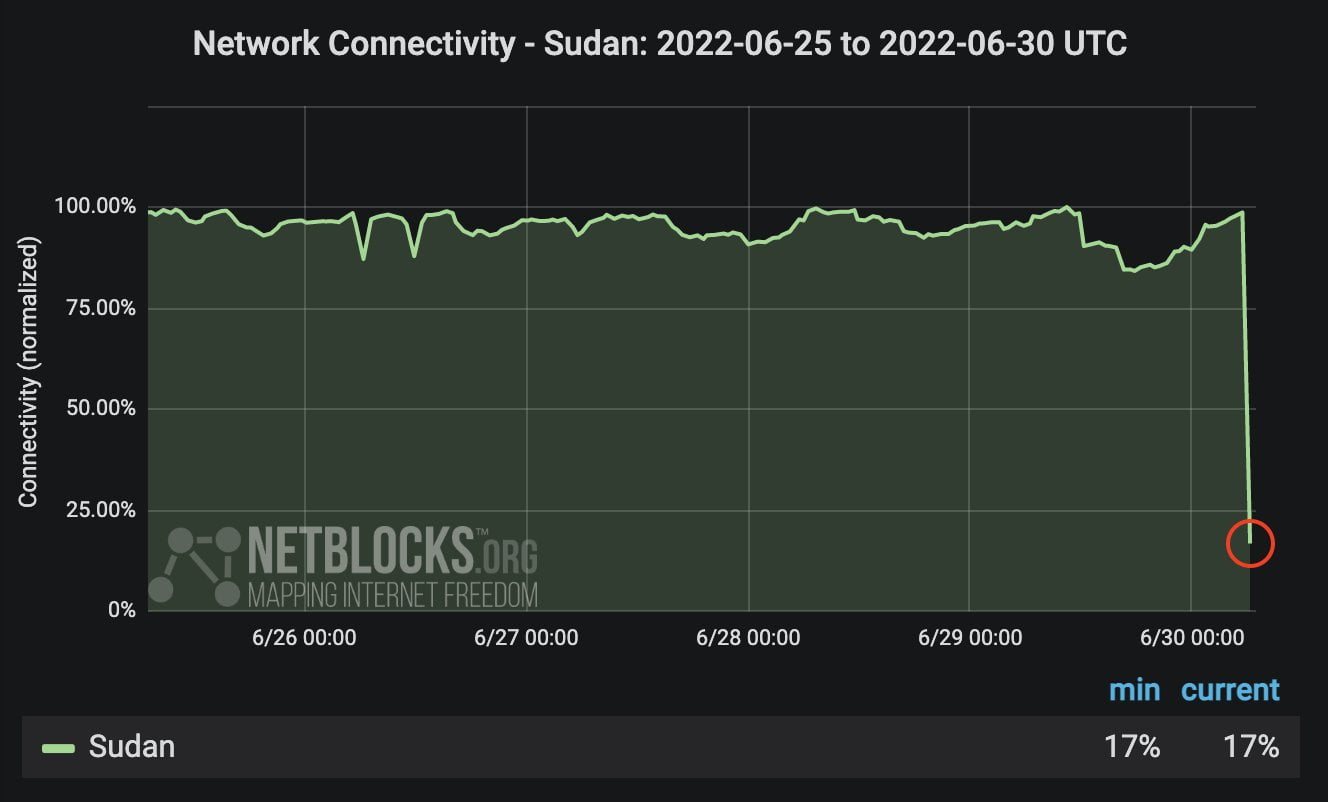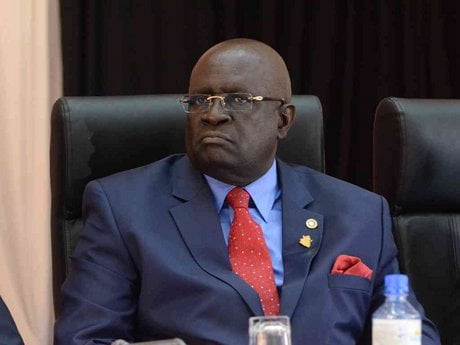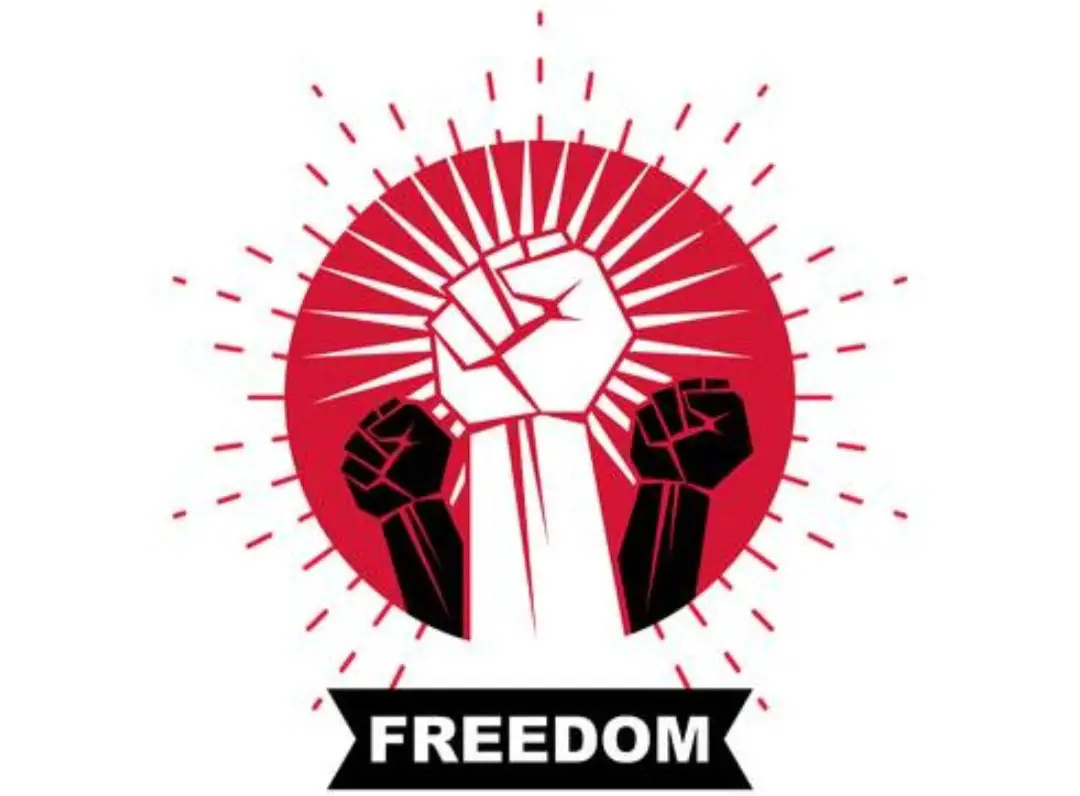[ad_1]
Phase 1 of the deal relaxes some of the U.S. tariffs on Chinese imports. In exchange, China has agreed to buy more American products while making some changes in its own economy.
DAVID GREENE, HOST:
When China and the United States signed a Phase 1 trade agreement yesterday, President Trump hailed the signing as, quote, “momentous” for the U.S., a landmark agreement. China has struck a more cautious tone. It emphasized today that the agreement was a win not just for China, but for the rest of the world. Beijing also cast doubts on whether it will really buy $200 billion extra in U.S. goods over the next two years, as it has pledged. NPR’s Emily Feng joins us from Beijing. Hi, Emily.
EMILY FENG, BYLINE: Hello.
GREENE: Can you start with just describing a bit more of what’s in this deal?
FENG: It’s a really broad deal. It covers a range of commitments to avoid economic bad behavior, things like stealing other people’s technology or manipulating your currency exchange rates. And in exchange for those commitments, China also said it was going to buy $200 billion more of U.S. goods over the next two years – products like produce, industrial machinery. But the bulk of U.S. tariffs on Chinese goods, about $370 billion worth of them, still remain after this trade truce. So it’s not the end of this trade war; it’s simply a chance for the two sides to pause, to take stock and to calm things down.
GREENE: To this point, though, does – do Chinese officials feel like they made major concessions to get here?
FENG: Yes and no. They’ve given President Trump this big optical win, the $200 billion in Chinese purchases of American goods, but China’s largely still a state-run economy. So it can do that and tell companies to buy more U.S. goods all of a sudden. And many of the trade items in this Phase 1 agreement are actually in China’s interest, and it said so as much today. The messaging that I’ve heard in China today is really focused on how this Phase 1 trade agreement was fully in China’s interest, that they weren’t coerced into it by the U.S. and that it directly lines up with China’s own reform agenda.
I talked to Paul Haenle. He chairs Beijing’s Carnegie-Tsinghua Center for Global Policy, which is a think tank here, and he explains why that messaging is so important.
PAUL HAENLE: Most of that, to me, seems geared towards the Chinese people to say, we’re not going to allow the Americans to slow our rise or to obstruct our rise, and in a sense, they’re not wrong. The Chinese have said from the very beginning, they can purchase a large amount of U.S. products. That, frankly, is not difficult for the Chinese to do.
FENG: And Paul goes on to say, you know, many of these issues covered by the truce, China’s been working on for years. The trade negotiations have actually given reformers inside the Chinese party leadership an opportunity to push them forward ahead of time.
For example, intellectual property protections were included in this trade truce. But China really wants that, and it’s made significant improvements because it has its own technology it wants to protect. Another big commitment that they made in this trade truce was giving U.S. banks and financial platforms greater access to China’s market. Again, that’s something China wants because it wants to be more globally integrated into the financial system.
GREENE: So let me ask you this – if the deal is being portrayed slightly differently in the two countries, are they talking about fundamentally the same deal? I mean, were there – when China released its own Chinese language version of the trade agreement, were there differences between that and what we saw in the United States?
FENG: There was that concern. Luckily, the two sides released exactly the same versions, just in different languages. But I remember last night waiting for the Chinese Commerce Ministry to come out with its own Chinese language readout, and it didn’t do so until 12 hours after the U.S. had released its own version. When we looked at the agreement today, they were exactly the same.
But what does differ is each country’s interpretation of what this trade truce will mean. For President Trump, he cast it as a big win for U.S. companies. But China has said this is a win for the global trade order, for China, and honestly, it’s part of reforms that they would have done anyways. But of course, still missing from both versions, both the Chinese and English language version of this trade truce, is any mention of these big structural issues U.S. businesses say really disadvantage them, these state subsidies that China would give to its own companies. And that issue is going to have to be negotiated later on.
GREENE: So this was just Phase 1. I mean, what happens now?
FENG: Well, the next thing is to see whether China actually makes good on this $200 billion commitment to buy U.S. goods. Earlier this month, China said it wasn’t going to adjust its import system to make it easier to do so, and then today, in a big major state media piece, it said that it wasn’t going to give subsidies to help Chinese companies reach that target, and if companies didn’t reach that target, it was the U.S.’s responsibility to make sure that China followed through. And of course, this is a Phase 1; we will have to wait for a Phase 2.
GREENE: We sure will, and we’ll be watching. NPR’s Emily Feng in Beijing. Thanks so much.
FENG: Thank you.
Copyright © 2020 NPR. All rights reserved. Visit our website terms of use and permissions pages at www.npr.org for further information.
NPR transcripts are created on a rush deadline by Verb8tm, Inc., an NPR contractor, and produced using a proprietary transcription process developed with NPR. This text may not be in its final form and may be updated or revised in the future. Accuracy and availability may vary. The authoritative record of NPR’s programming is the audio record.
[ad_2]
Source link


